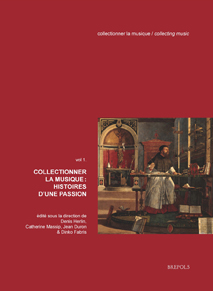The folk revival movement is the result of the common folkness of the folk and the supposedly non-folk surfacing in cities. In the meantime the folk has been doing what it has always done: appropriating all of the non-folkness it could.
Perhaps non-folkness is that which tries not to be folkness, while folkness is that which has not discovered more non-folkness than it could assimilate. The two categories may not be mutually exclusive; they may be two aspects of the same entity.
This according to “The folkness of the non-folk vs. the non-folkness of the folk” by Charles Seeger, an essay included in Folklore and society: Essays in honor of Benj. A. Botkin (Hatboro: Folklore Associates, 1966, pp. 1–9).
Above, Charles plays the harmonium for a family musicale in 1921, with his son Pete on his lap. Below, Pete’s half-sister Peggy Seeger performs The foolish frog, a traditional song with a story that Charles made up to entertain his children.













